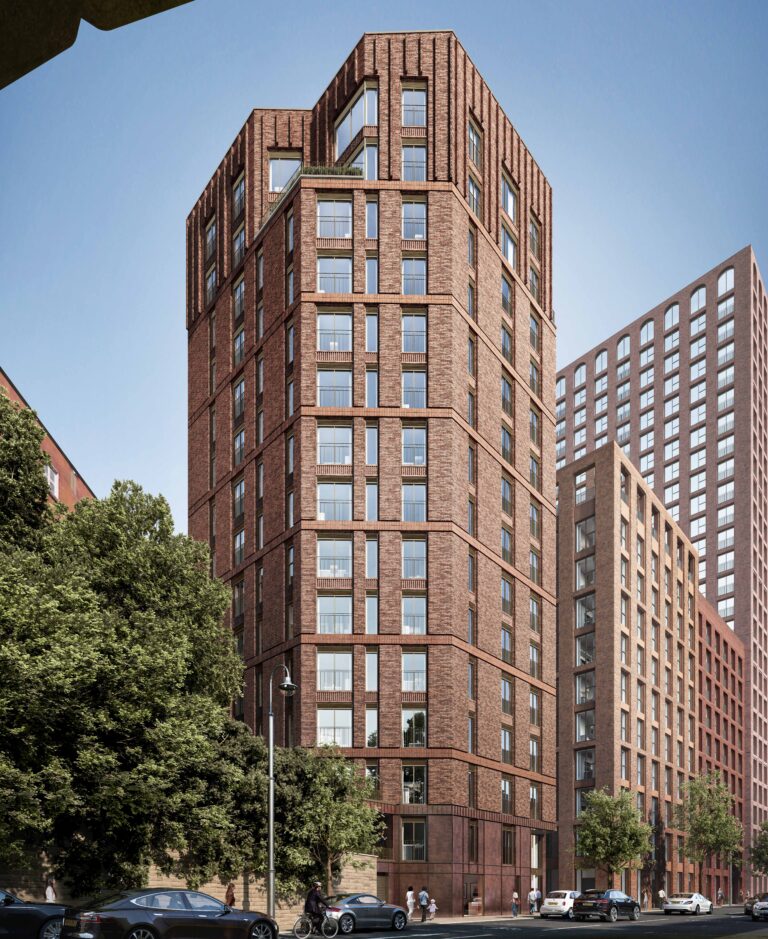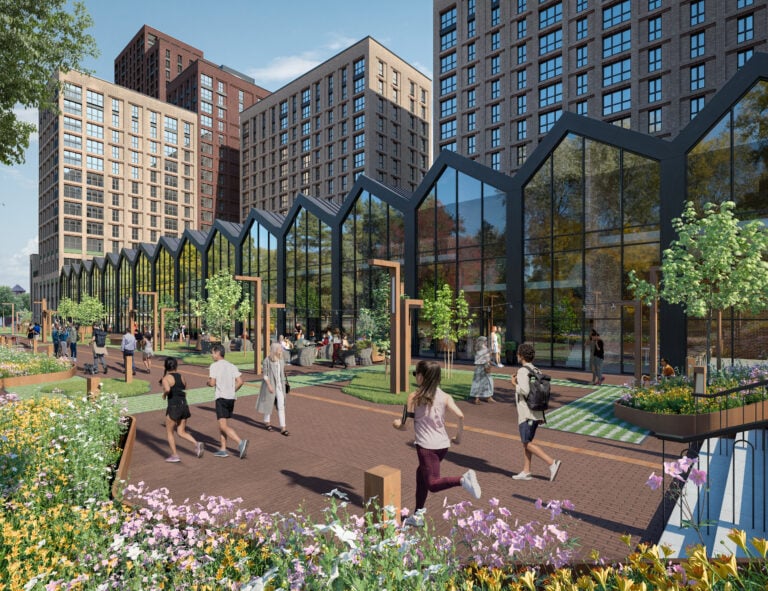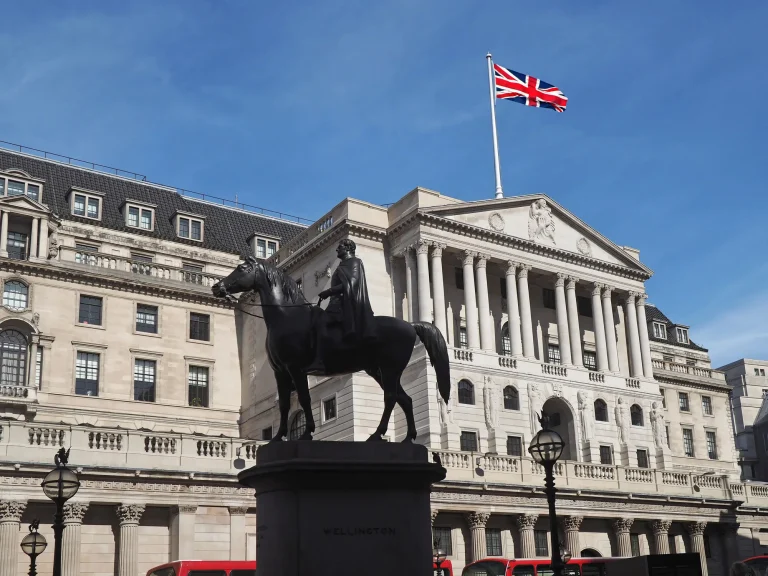The meteoric rent rises of recent years are finally settling down to more sustainable levels. Rents rose 2.8% in the year to April, bringing the average monthly rent to £1,287, according to Zoopla’s latest rental market report. That’s half the 6.4% recorded the previous year and the slowest rate of growth since 2021.
And, although it may not seem it, that’s good news for both landlords and tenants, because big rises stretch affordability and that means tenants struggle to make their payments, landlords face higher risks of arrears, and markets become unstable.
Softening demand
The slowdown is the result of a softening of demand rather than any significant improvement in the supply of rental properties. This is mostly due to Lower levels of migration for work and study (the ONS reported a 50% decline in net migration in 2024), as well as improved access to mortgage finance for first-time buyers, most of whom are renters. Despite falling by 16% over the past year, demand is still running at over 60% above pre-pandemic levels.
At the same time, supply has improved, but only slightly, with 17% more properties available, although there are signs of increased landlord purchasing activity as borrowing costs fall.
Biggest rent rises were in 2022-2023
The biggest surge in rents occurred between 2022 to 2023, and London and the larger regional centres were at the forefront of that growth. Rental inflation also accelerated across the rest of the country, but not to such a high degree. Now those same cities are at the forefront of the moderation process as affordability limits rental growth, and so Zoopla is now forecasting 3-4% rental inflation this year.
It is worth noting, however, that when annual increases come down from 6% to 3%, tenant turnover tends to fall and void periods shorten, as renters stop hunting for better deals.
Striking regional variations
Zoopla’s report also reveals some striking regional variations. Rental inflation has slowed across all regions and countries of the UK, with annual increases ranging from 1.1% in Yorkshire and the Humber to 5.3% in the North East. University cities have seen gentler growth—Sheffield’s rents are up 1.9% and Bradford’s 1.4%. But on a more local level, the areas around the larger cities are continuing to see strong growth. Chester, for example, which is just outside Liverpool, recorded growth of 8.2%, Wigan, which is just outside Manchester, saw 8.8% growth, and nearby Blackburn saw 8.0% growth, as renters seek better value in well-connected commuter towns.
In contrast, rents in Leeds have fallen by 1.5% compared to last year, which is part of a pattern that’s been occurring across Yorkshire’s university cities. Other pockets with falling rents include North West London at -0.2%, West Central London at -0.6%, and Dundee in Scotland at -2.1%.
Significant divergence between rental and sales markets
In addition, the statistics reveal a significant divergence between rental and sales markets over the past three years. Rents have risen 21% whilst house prices have increased by just 4%. The average monthly rent has increased by £219 over this period, which is broadly in line with the increase in average mortgage repayments. However, despite improved mortgage access through the Bank of England’s loosening of affordability rules, home ownership remains beyond reach for many working families with modest deposits.
Looking ahead, even though rent rises have cooled in regional cities, they are down from historically high levels, and their fundamentals remain solid. Employment is holding up, universities ensure consistent demand, and housing costs are substantially below those in London. The reality is, the rental markets in locations such as Manchester, Birmingham, Liverpool, Leeds, Nottingham and Stockport are maturing into the kind of sustainable growth patterns that could last for years.










